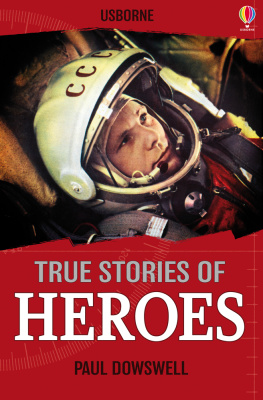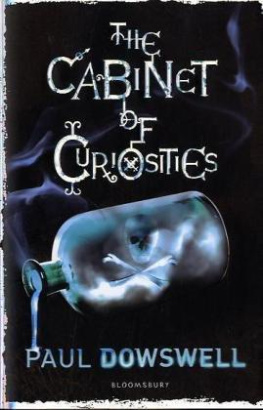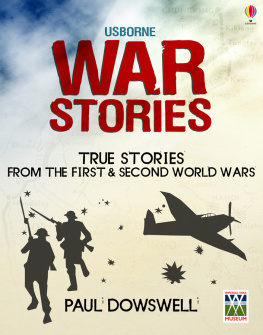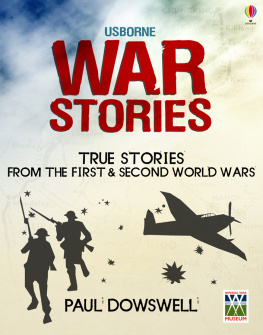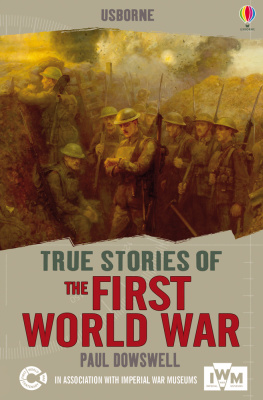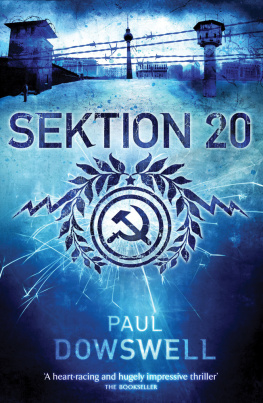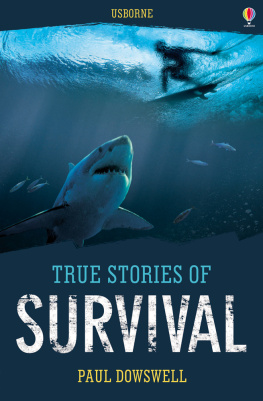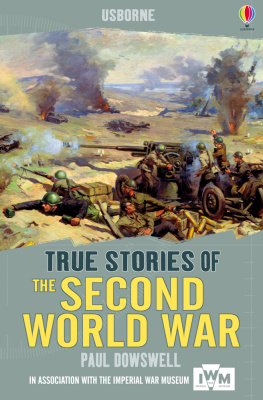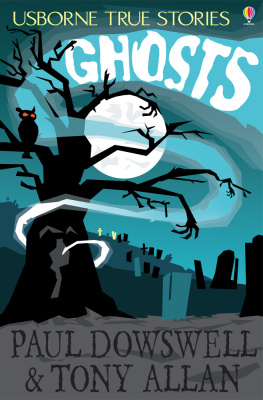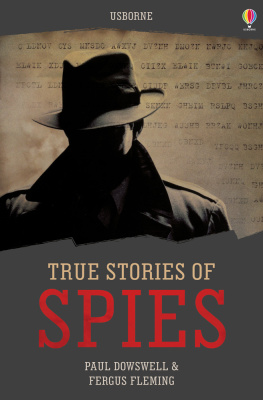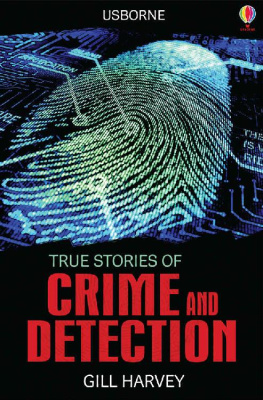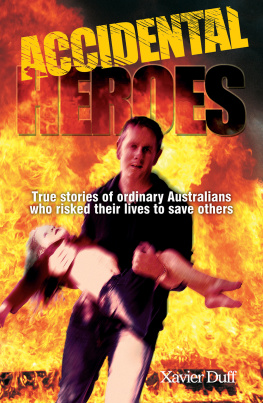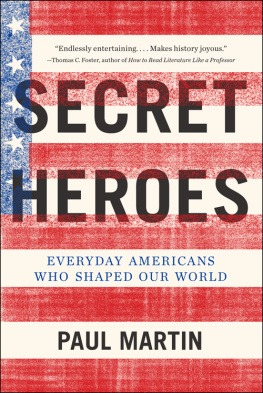Paul Dowswell - Usborne True Stories of Heroes
Here you can read online Paul Dowswell - Usborne True Stories of Heroes full text of the book (entire story) in english for free. Download pdf and epub, get meaning, cover and reviews about this ebook. publisher: Usborne Publishing Ltd, genre: Non-fiction. Description of the work, (preface) as well as reviews are available. Best literature library LitArk.com created for fans of good reading and offers a wide selection of genres:
Romance novel
Science fiction
Adventure
Detective
Science
History
Home and family
Prose
Art
Politics
Computer
Non-fiction
Religion
Business
Children
Humor
Choose a favorite category and find really read worthwhile books. Enjoy immersion in the world of imagination, feel the emotions of the characters or learn something new for yourself, make an fascinating discovery.
- Book:Usborne True Stories of Heroes
- Author:
- Publisher:Usborne Publishing Ltd
- Genre:
- Rating:4 / 5
- Favourites:Add to favourites
- Your mark:
- 80
- 1
- 2
- 3
- 4
- 5
Usborne True Stories of Heroes: summary, description and annotation
We offer to read an annotation, description, summary or preface (depends on what the author of the book "Usborne True Stories of Heroes" wrote himself). If you haven't found the necessary information about the book — write in the comments, we will try to find it.
Usborne True Stories of Heroes — read online for free the complete book (whole text) full work
Below is the text of the book, divided by pages. System saving the place of the last page read, allows you to conveniently read the book "Usborne True Stories of Heroes" online for free, without having to search again every time where you left off. Put a bookmark, and you can go to the page where you finished reading at any time.
Font size:
Interval:
Bookmark:

From firefighters battling with a blazing nuclear reactor to a helicopter rescue team on board a fast-sinking ship, this is an amazingly vivid collection of stories about men and women whose extraordinary courage has captured the imagination of millions.

The long, thin, red and white chimney of Chernobyl nuclear power station towered over the flat, swampy landscape of the Pripyat Marshes. Just over an hours drive north of the Ukrainian capital of Kiev, the station was constructed in the 1970s, when it was hailed as one of the Soviet Unions greatest scientific achievements. Its four reactors, with two more being built, made it the largest nuclear power station in the world.
The chief engineer at the plant, Nikolai Fomin, assured visitors that the chances of an explosion in this marvel of modern technology were about the same as being hit by a comet. But he was mistaken. Poor design, bad planning and inadequate staff training meant that Chernobyl was a disaster waiting to happen. And happen it did, on April 26, 1986, when the number four reactor exploded.
A nuclear power station makes electricity in a process known as nuclear fusion. Energy is created in a reactor, a specially strengthened chamber inside the power station, by splitting the atoms of a substance called uranium. This process gives off invisible rays called radiation, which can be harmful to living things. In humans, for example, radiation can cause burns and cancer, so power stations have to shield their workers and surroundings from these dangerous rays. The explosion at Chernobyl released huge amounts of radiation into the atmosphere. This caused terrible radioactive pollution, especially to the area immediately surrounding it.
Today a huge, ugly, concrete block covers part of the number four reactor. For about 20 miles in all directions, stark branches on dead trees point at the sky, and farmland lies in ruins. In this area of the greatest radioactive pollution, deserted villages and towns slowly crumble and decay, and their empty roads and squares are choked with weeds.

The disaster began on the night of April 25, 1986, when a team of technicians were carrying out routine tests on equipment in the number four reactor. In order to do this, they had to slow the reactor down. Unfortunately, they reduced the reactors power so much that, like a smoking fire about to go out, it began to shut down.
Chernobyl was supplying power to two and a half million people in nearby Kiev. If the reactor stopped working, the city could be hit by a massive power cut. So the manager on duty that night, Anatoli Dyatlov, ordered workers to restart the reactor, even though doing this when it was so close to shutting down was known to be dangerous.
Control room staff argued that the reactor should be allowed to shut down, which would have been a totally safe procedure. But Dyatlov became enraged at their questioning his decision, and insisted they restart it. He was concerned that he would be held responsible for any loss of power to Kiev, and this might lead to his demotion or even dismissal. Besides, as far as he was concerned, he was just enacting the procedures he had been trained to follow.
Dyatlovs orders were obeyed, but an air of hysteria took hold of the control room as technicians began to grapple with tremendous forces they sensed were running out of control. They were right to feel afraid. As part of the tests, the emergency water cooling system had also been deliberately cut off. In their rising panic, technicians forgot that they had done this, and the reactor began to overheat like a kettle boiling dry.
In the control room, technicians heard a series of ominous thumps, which made the ground tremble beneath their feet. A worker rushed in with the terrifying news that heavy steel covers on the reactor access points were jumping up and down in their sockets.


Then there was a huge thunderclap, the walls shook, and all the lights went out. Dust and smoke billowed in from the corridor, and the ceiling cracked open. A sharp, distinctive smell filled the room, like air after a thunderstorm, only much, much stronger. It was now 1:23am on April 26.
The reactor had disintegrated. It had exploded with such force that it shattered a vast concrete shield, weighing more than a jumbo jet, which lay above the reactor to protect power station workers from radiation. Other equipment, such as a massive fuel machine, had collapsed on top of it.
Back in the control room, foreman Valeri Perevozchenkos first thoughts were for his colleague Valera Khodemchuk, who he had last seen in the reactor hall. He dashed into the dark corridor, picking his way through clouds of dust and piles of blazing rubble, and made his way to the site of the explosion. The air seemed very thick, and he was also aware of another more sinister sensation. Deadly radiation released by the explosion was passing through him. He could feel it burning his throat, lungs and eyes. His mouth tasted of sour apples.
His blood ran cold and Perevozchenko was seized by panic. He knew that his body was absorbing lethal doses of radiation, but instead of fleeing he stayed to search for his colleague. Peering into the dark through a broken window that overlooked the reactor hall, he could see only a mass of tangled wreckage.
By now he had absorbed so much radiation he felt as if his whole body was on fire. But then he remembered that there were several other men near the explosion who might also be trapped.
Perevozchenko pressed on, running over floors that cracked with the sound of broken glass. He passed a colleague with a radiation monitoring tool, who told him one of his measuring instruments had already burned out, and the one he was using was showing a reading that was completely off the scale.
Still Perevozchenko hurried on into the huge reactor hall. Looking far up to the ceiling, he could dimly see that the roof had been blown off. Firemen summoned to tackle the blaze had already arrived, and their shouts rang across the huge hall. Small fires cast eerie shadows around the mangled mass of pipes and machinery. Streams of water gurgled and splattered from burst pipes. Oddest of all was the strange moaning sound of burning graphite, which was scattered around the floor. This material had come from the very heart of the reactor and was intensely radioactive.
Perevozchenko ran a flashlight over the scene and wondered what on earth he was doing in such a dreadful place. Although he could not see it in the dark, the escaping radiation was rapidly turning his skin brown.
Still, he stopped to listen, in case Khodemchuk was crying for help, then shouted desperately: Valera! Valera! Ive come to rescue you. The echo of his voice died away, and all he could hear was the crackle of the flames and the trickle of running water.
Ahead lay a pile of rubble, and Perevozchenko tore his hands pulling aside concrete and graphite chunks trying to make his way forward. But neither Khodemchuk nor any other colleague was anywhere to be found. Exhausted, he wandered back to the control room, passing the reactor itself on the way. He could see it had been completely destroyed in the explosion and was spewing out deadly radiation.
Font size:
Interval:
Bookmark:
Similar books «Usborne True Stories of Heroes»
Look at similar books to Usborne True Stories of Heroes. We have selected literature similar in name and meaning in the hope of providing readers with more options to find new, interesting, not yet read works.
Discussion, reviews of the book Usborne True Stories of Heroes and just readers' own opinions. Leave your comments, write what you think about the work, its meaning or the main characters. Specify what exactly you liked and what you didn't like, and why you think so.

